The overwintering flying squirrels are in pre-release caging now and I see very little of them. See below for a typical view these days.
This guy’s bumblefoot, on top of the foot rather than the normal location on the bottom, didn’t respond to topical treatment alone, so he’s now on oral antibiotics in addition to topical treatment. He’s a typical mouthy RS and cusses me out each time I take him out for treatment and meds.
Because beavers are very social creatures and I have an “only”, I’ll be looking for pals or to transfer to someone who has pals; failing that, I’ll get him weaned and seek an educational facility for him, as without companionship of his own kind, he may not be releasable. Also, he’s a long-termer, as in the wild young beavers stay with their parents for up to two years. Stay tuned for updates as we progress with this cutie.
Keep this in mind if you find unnested hatchlings—the sooner you get them to a rehabber, the better their chances. In fact, this is a good rule of thumb for any wild orphan or injured adult wildlife—the sooner it receives help, the better its chances of survival.
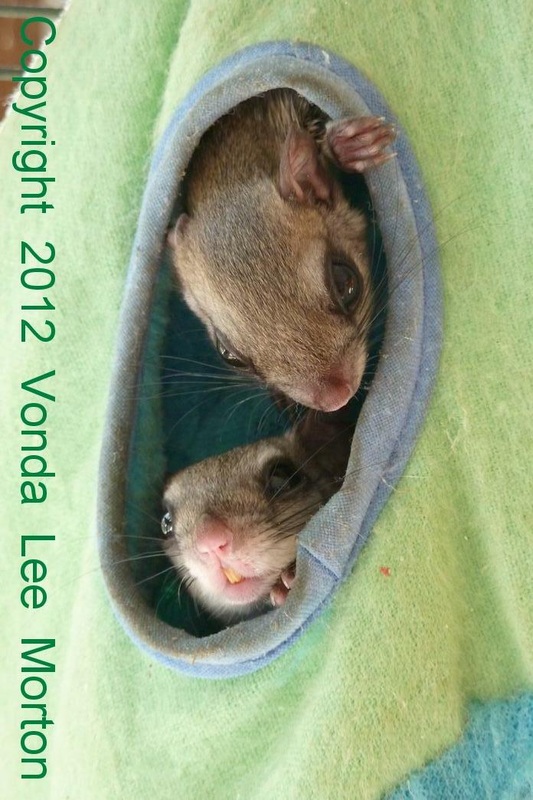
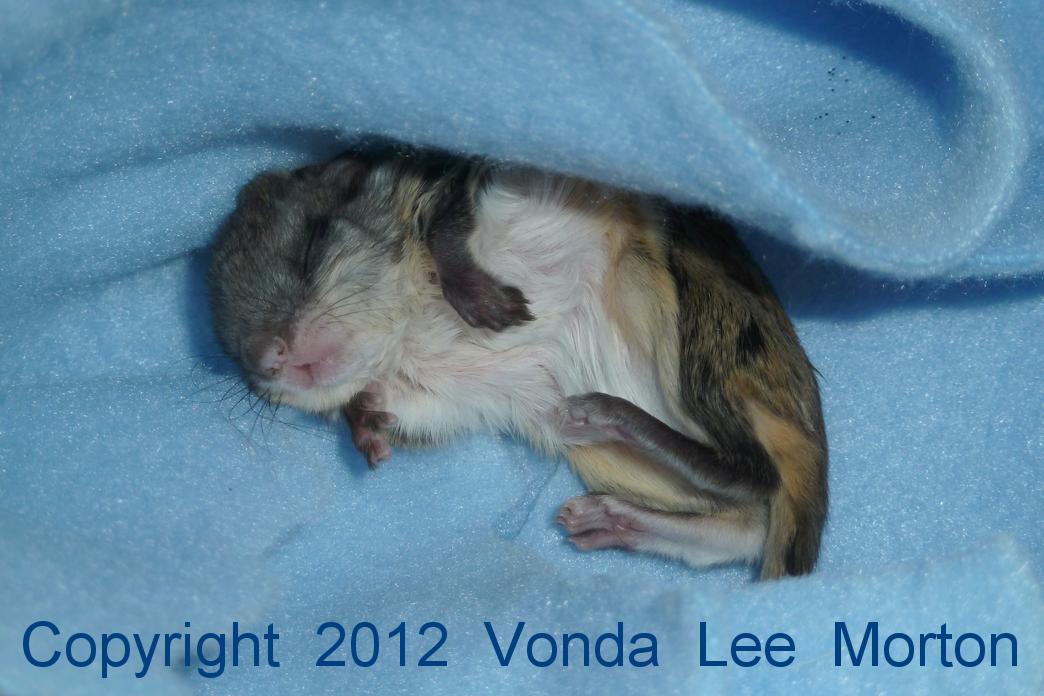
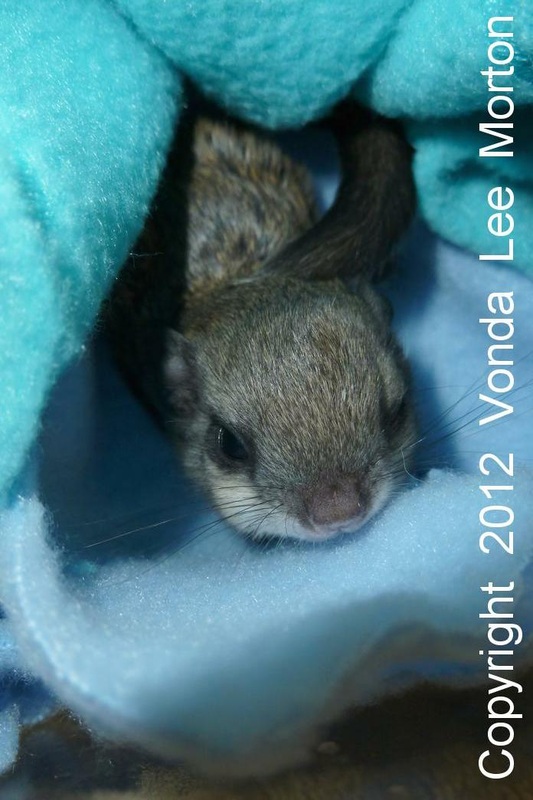
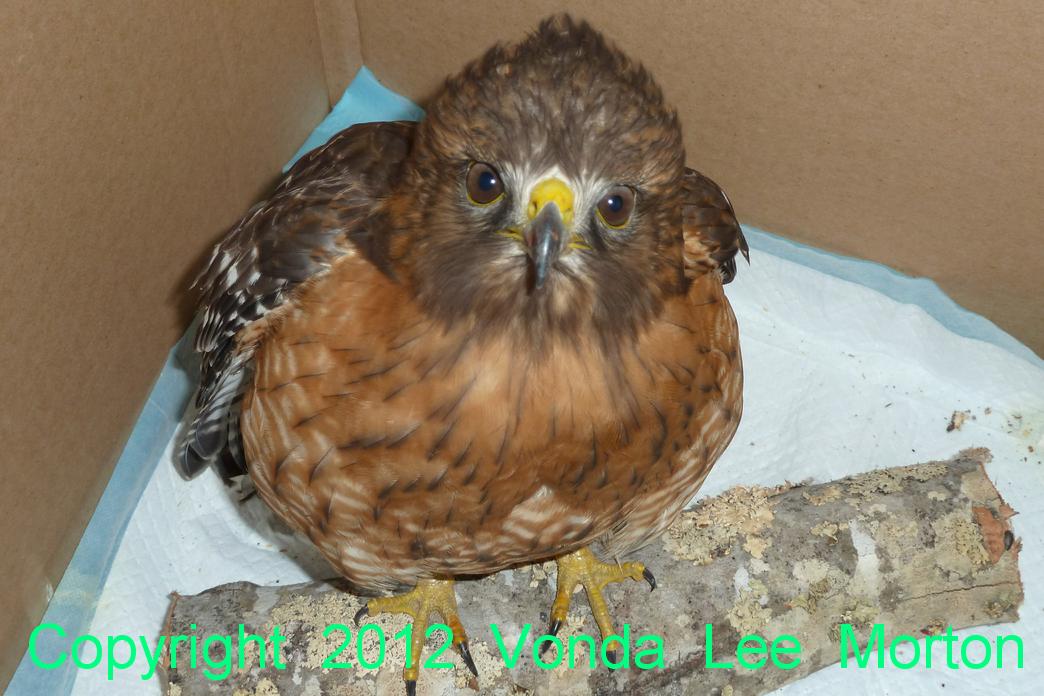
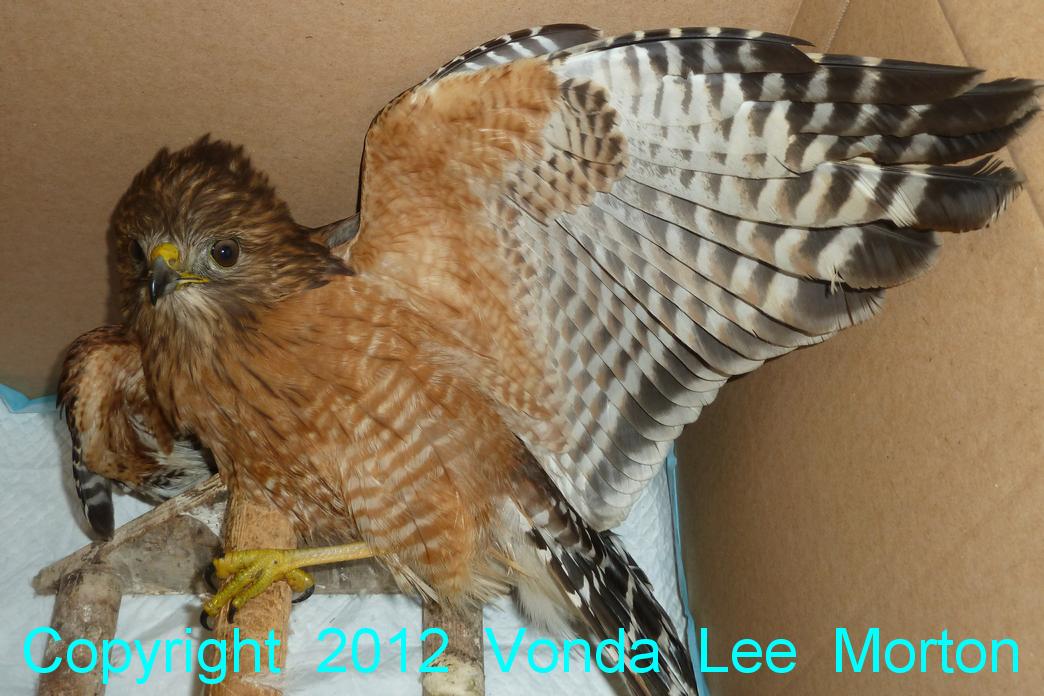
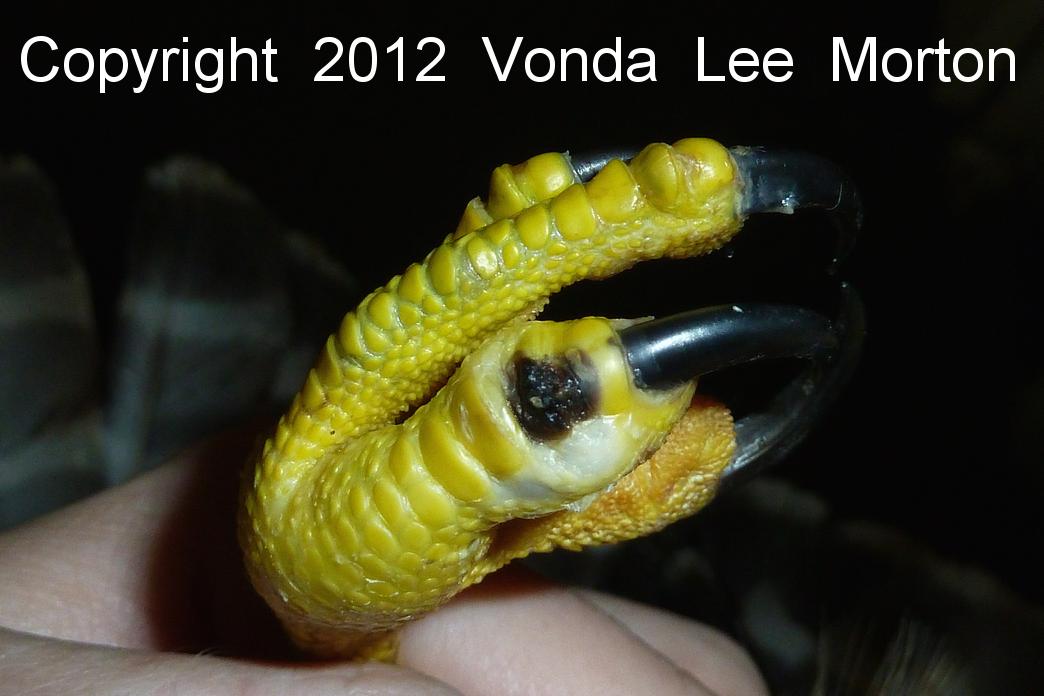
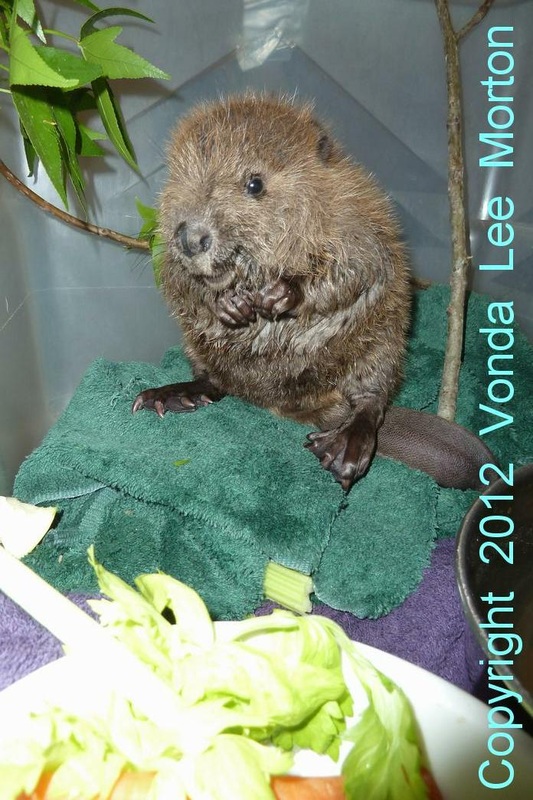
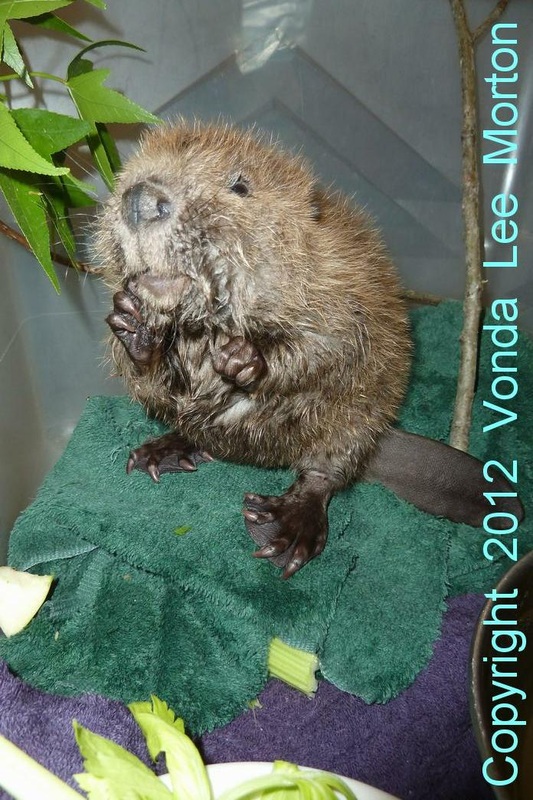
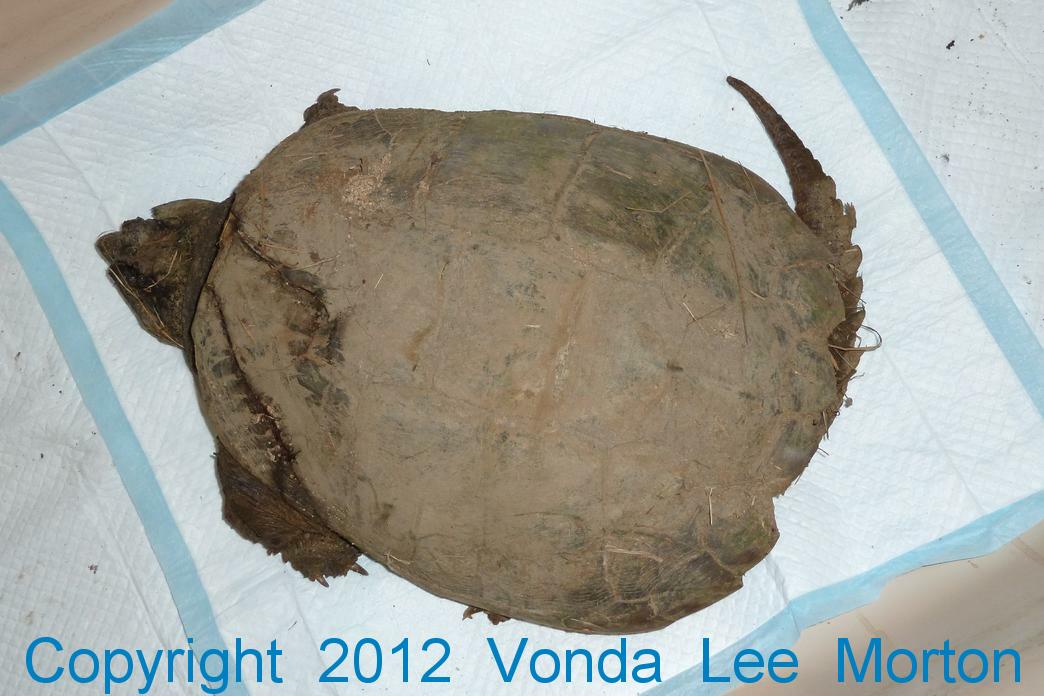
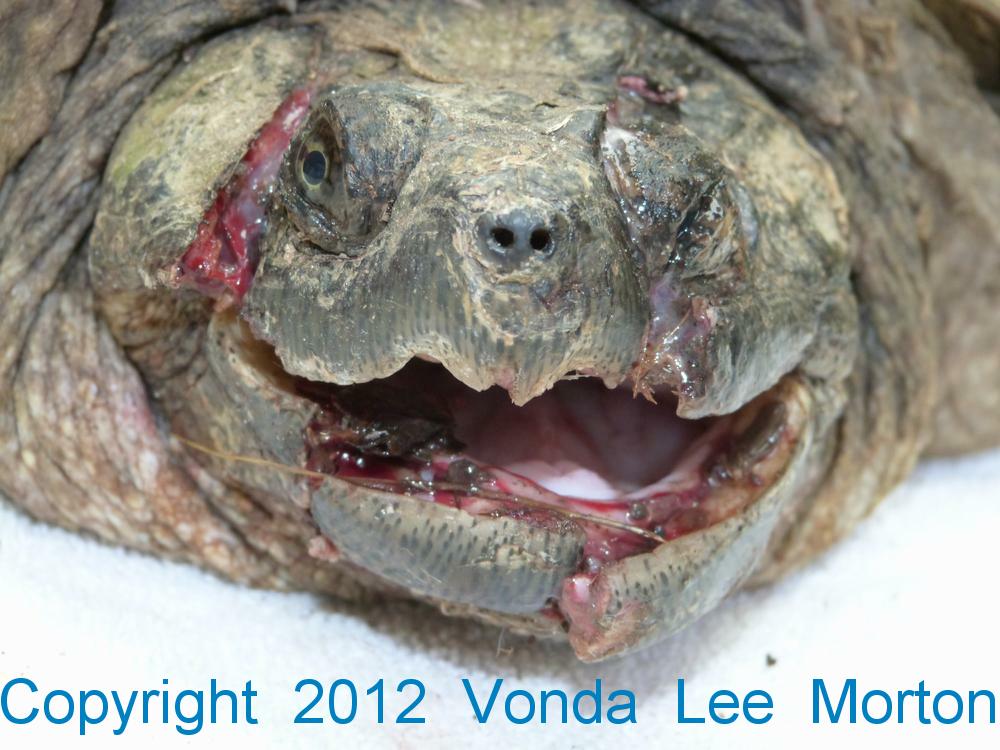
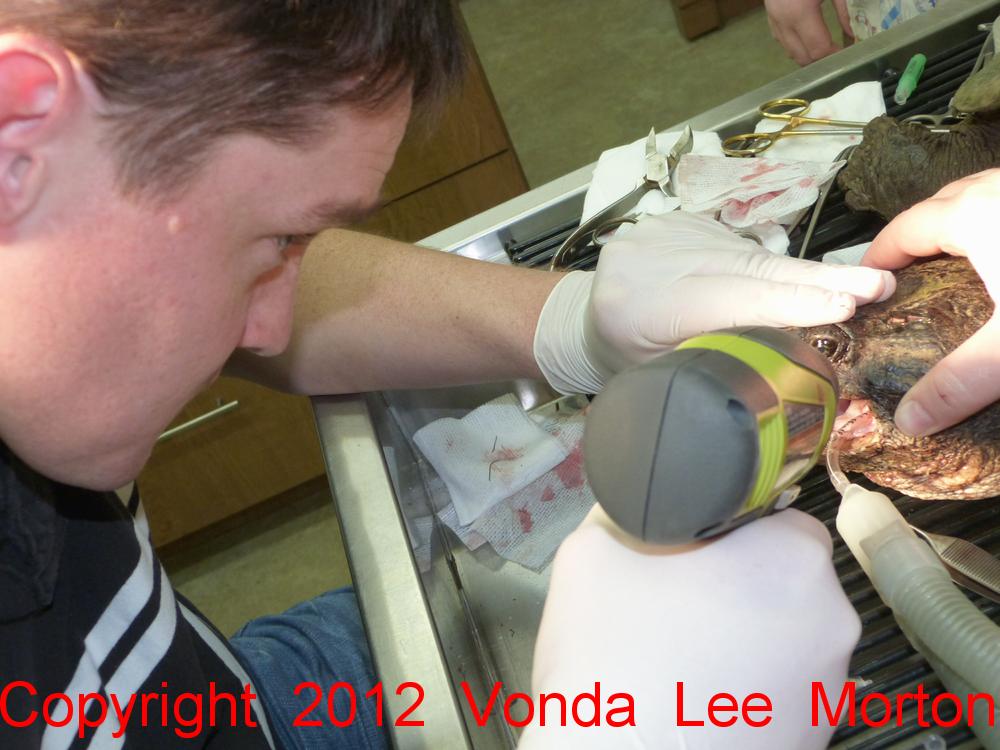
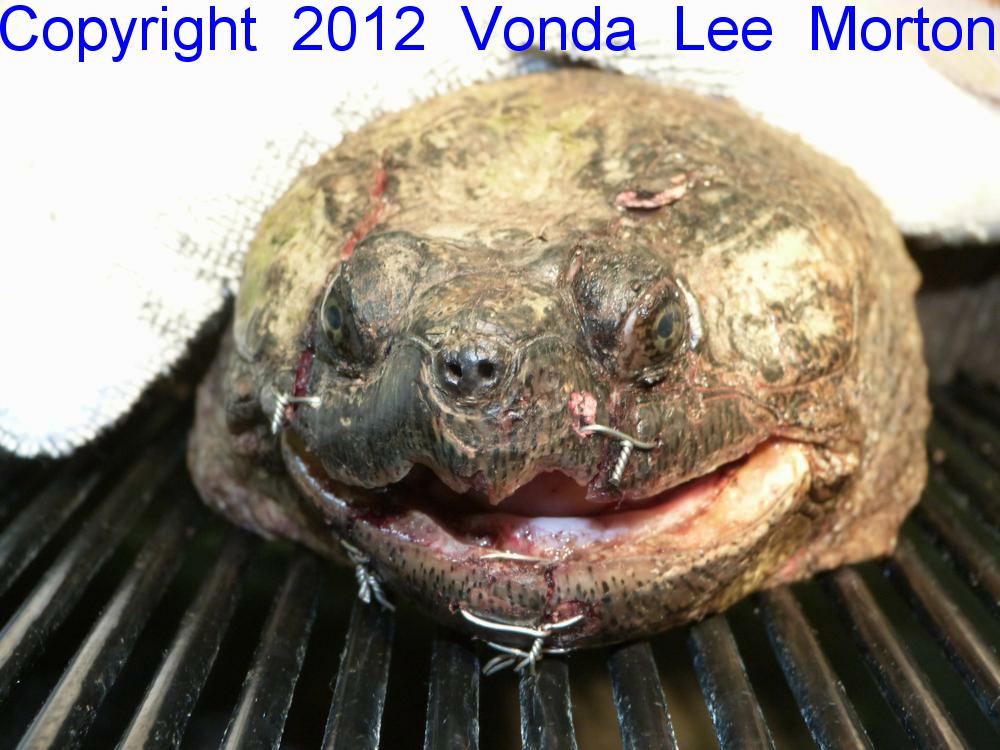
 RSS Feed
RSS Feed
